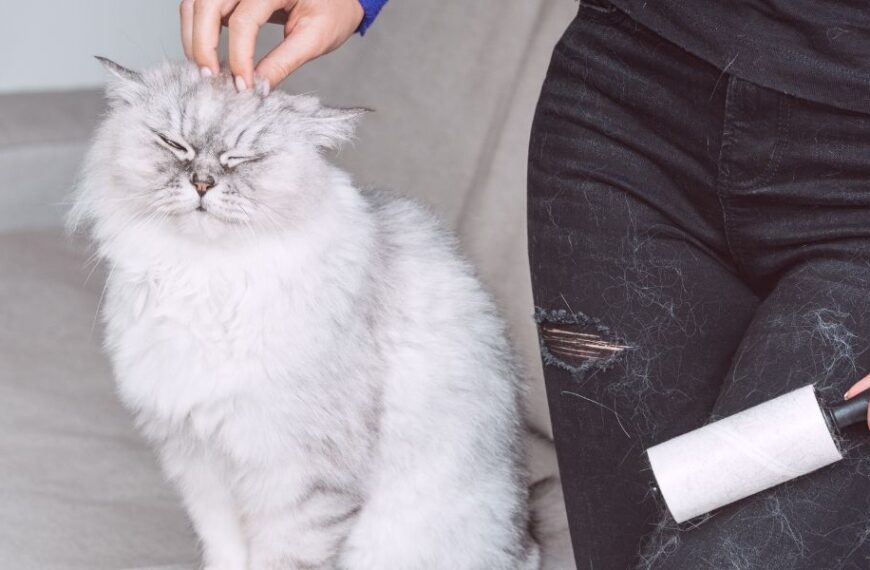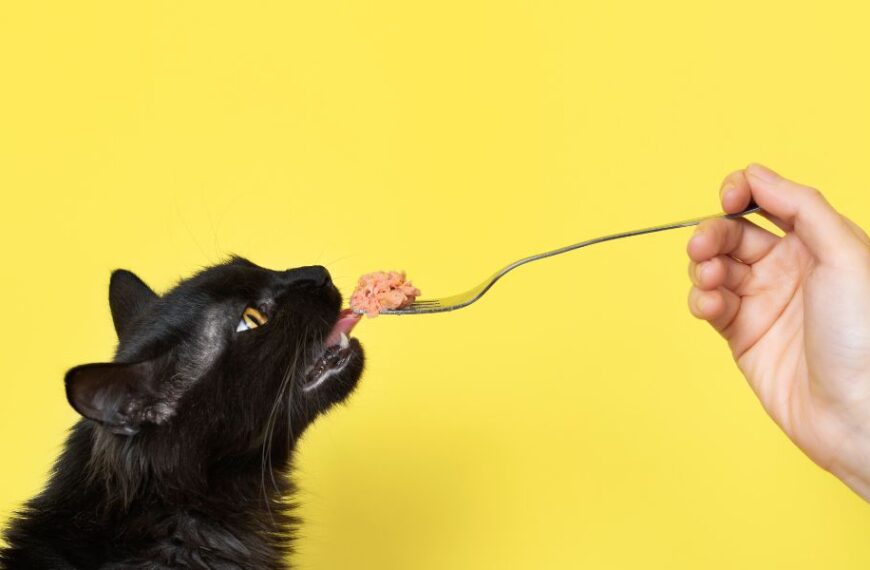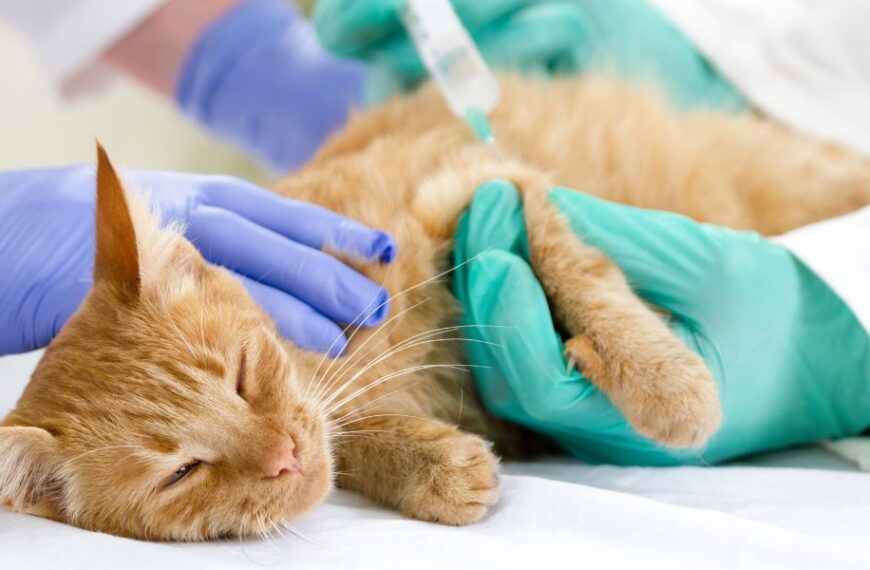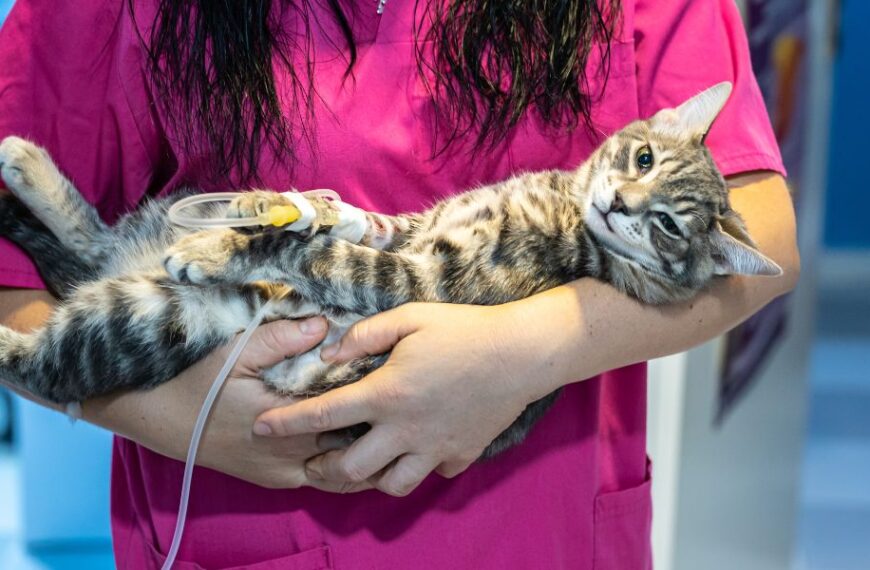Contents
Having a pet is a delightful experience, filled with many joyous moments. However, it also comes with the responsibility of ensuring your furry friend’s well-being.
A crucial part of this is being able to understand your pet’s health.
As a pet owner, you may sometimes find yourself puzzled when your pet starts acting out of character. The question that naturally arises is: Is my pet unhappy or sick?
This question, while simple to ask, can be quite complex to answer. This is because the signs of physical illness and emotional distress in pets can often overlap, making it challenging to differentiate between the two.
This piece aims to shed light on how to recognize signs of physical illness in your pets, differentiate it from pet depression, and what steps you can take if your pet is depressed.
The knowledge gained from this will equip you to better cater to your pet’s needs and ensure they lead a healthy and happy life.
Remember, understanding your pet’s health is not just about physical well-being, but also their emotional health.
Pet depression is a real and serious issue that needs attention. By being observant and proactive, you can make a difference in your pet’s life.
Signs of physical illness in pets
Physical illness in pets can manifest in various ways. Loss of appetite, lethargy, vomiting, diarrhea, or abnormal behavior can all be signs of physical disease.
For instance, a dog that suddenly starts limping could have an injury or a condition like arthritis. A cat that repeatedly vomits might be dealing with a digestive issue or could have ingested something harmful.
It’s essential to consult a veterinarian when you notice these signs, as they can diagnose and treat the physical ailment.
Differentiating physical illness from pet depression
Depression in pets is somewhat similar to depression in humans. It can be caused by various factors such as change in environment, loss of a loved one, or lack of attention.
However, differentiating between physical illness and depression in pets can be a challenge. Pet depression often mirrors the signs of physical illness.
For example, a depressed pet might also show loss of appetite, lethargy, or changed behavior.
But unlike physical illnesses, these symptoms are often coupled with a lack of interest in activities the pet usually enjoys.
You might notice your usually playful pup no longer wants to fetch, or your social cat begins to isolate.
What to do if your pet is depressed
If you suspect your pet is depressed, it’s important to seek professional help. Just like humans, pets can benefit from therapy and medication.
In many cases, simply increasing your interaction with them and providing a stimulating environment can help improve their mood.
In conclusion, differentiating between a sick and unhappy pet can be quite challenging. However, being observant of their behavior and taking appropriate steps can help ensure their well-being.
It’s always better to consult a professional if you’re unsure.
Did this article help you understand the difference between physical illness and depression in pets? If so, please share it on your social networks to help other pet owners.













